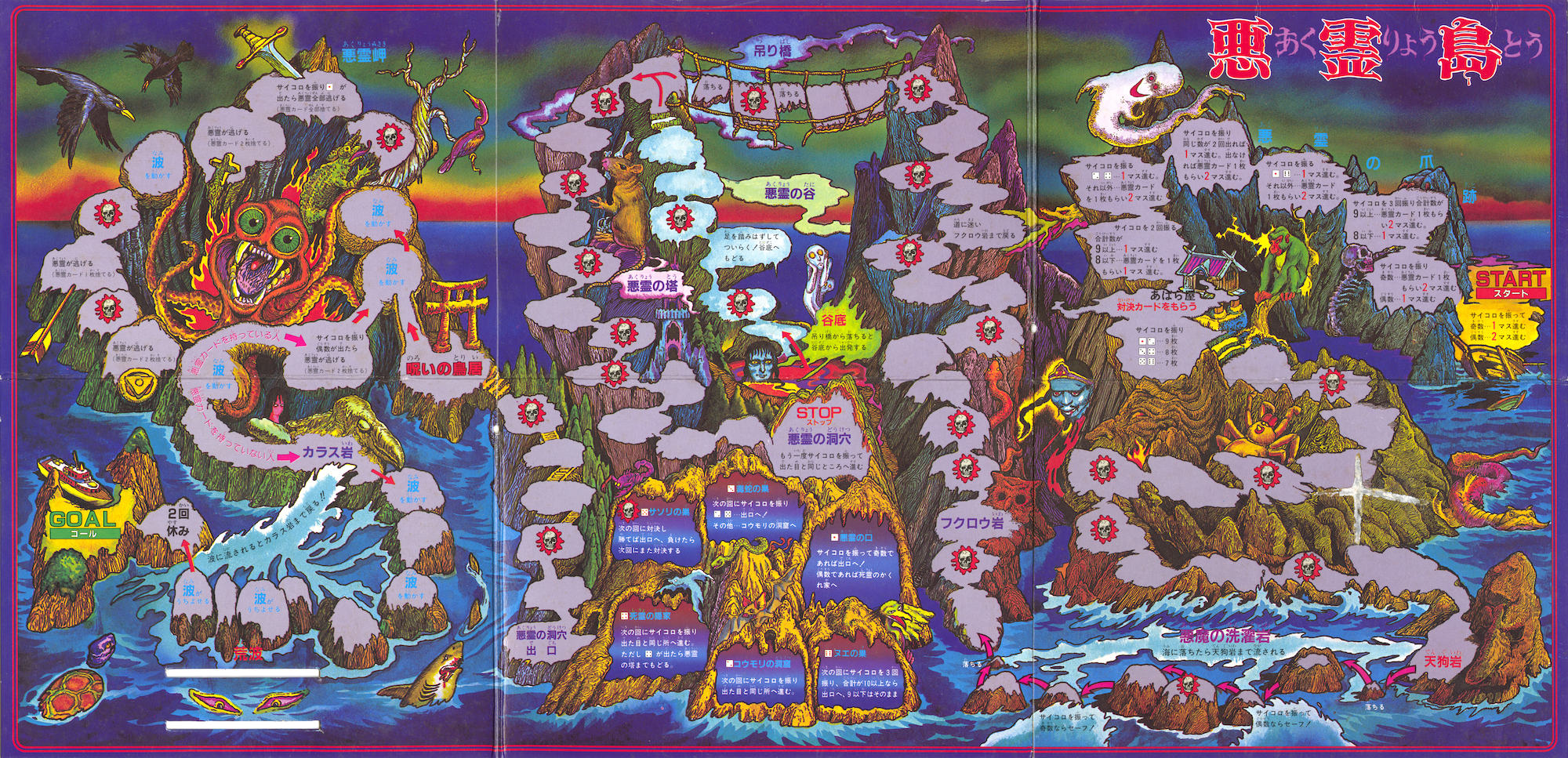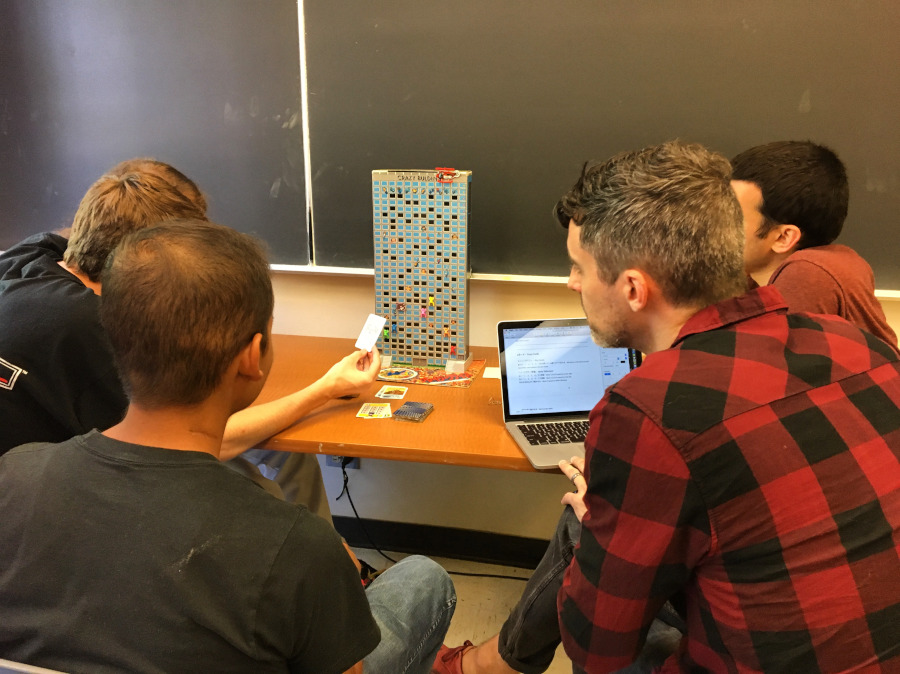Board game joy

When teaching professor Nathan Altice first started looking for board game adaptations of video games in 2017, he stumbled down a rabbit hole of possibilities from game-loving Japan. “And then,” he said, “I made the mistake of saying, ‘Maybe I’ll buy one.’” Today, Altice’s UCSC office harbors more than 400 Japanese board games, both adaptations and originals, the earliest dating back to 1905. Many can be explored via digital scans and translations on his Analog Joy Club website.

Board games might seem like a trivial pastime, but “games really reflect and embody the culture and values of the societies they come from,” Altice said. For example, Jinsei, the Japanese version of the Milton-Bradley board game Life, introduced as Japan was deep into the economic and social transformation that started after World War II, gained immense popularity from both its aspirational connection to an American lifestyle and its similarity to a centuries-old type of Japanese board games. In some early versions of these sugoroku, Altice said, players roll dice to follow a pathway resembling a Buddhist scroll, ascending vertically—a metaphor for spiritual enlightenment.
Archiving the games protects these fragile, ephemeral historical records that “connect to the way we express ourselves as human beings,” Altice said. “To me, this is an important cultural preservation project.”
*— *

